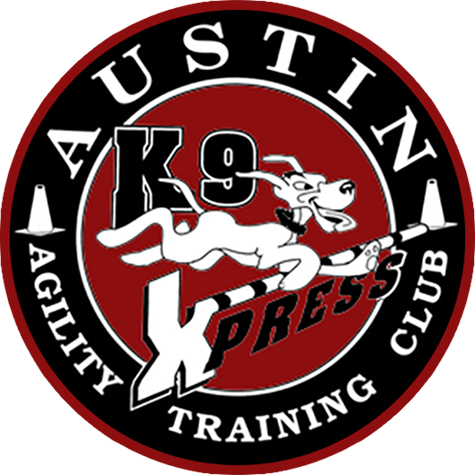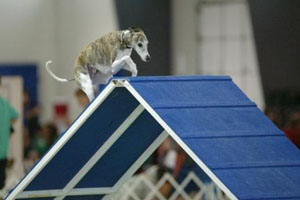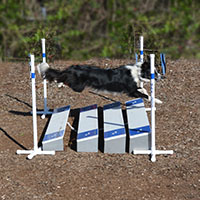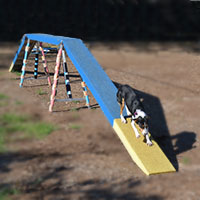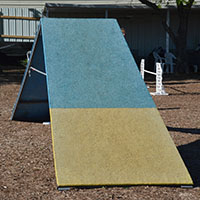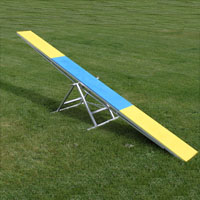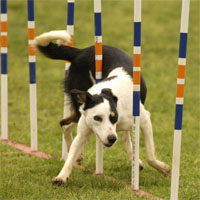The sport of dog agility began in London, England, in February 1978. John Varley, a member of the committee for the Cruft’s Dog Show, asked a friend to come up with a set of obstacles similar to those for horse show-jumping as a fun event for the dog show. It has since spread throughout the world as a fun sport for dogs and handlers to share.
There are 10 basic obstacles in agility, pictured and described below.
Have more questions? Check out the FAQ page!
